5 Beloved Book Series That Continued (Badly) After the Original Authors Died
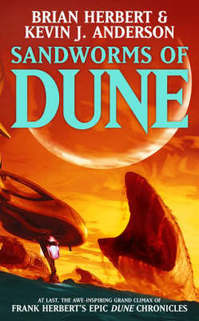 |
?Remember the first time you discovered a book with a world so complex you wished the series would go on forever? One of the best aspects of nerd culture is finding these gems. Think of Arrakis, Middle Earth, Oz — all beloved places that readers enjoy visiting year after year, and have existed in our collective imaginations for generations. What more can a writer hope for than to create a world that inspires so much devotion? A world so complex and layered fans clamor to return again and again? A universe of infinite possibilities the writer and fans can explore for many, many years?
Unfortunately, as we all learned from Vizzini in The Princess Bride, “Man is mortal,” and the men and women responsible for beloved characters sometimes have to shuffle off this mortal coil (sometimes mid-project). This leaves their estate in the position of wondering if this much-loved series should be continued, and if they answer yes, trying to find a suitable replacement. Sometimes this works beautifully, as with the Ruth Plumly Thompson foray into Oz or Greg Bear and David Brin’s Second Foundation trilogy. On the other hand, some of these new authors plunge these worlds into nightmares their inhabitants — and readers — can never recover from.
5) The Hitchhiker’s Guide to the Galaxy
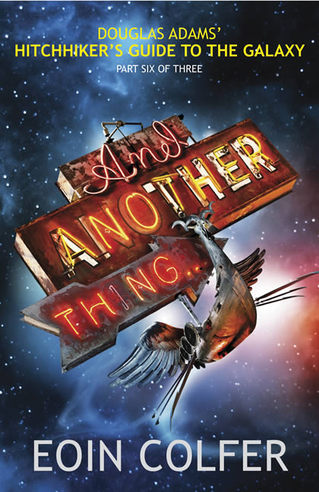 |
?The Hitchhiker’s Guide to the Galaxy trilogy (of five books) is one of sci-fi’s most beloved works, thanks to Douglas Adams’ unique, sharp-witted, subversive humor. Many writers have tried to copy his style, only to fall miles short. Douglas died in 2001, leaving the series on a major down note in Mostly Harmless. This left fans in the awkward position of desperately wanting a sequel where the heroes weren’t quite so @#$%ed, while they were also terrified of anyone trying to copy Adams’ inimitable style. Inevitably, someone finally tried, and Eoin Colfer was tapped to write the sixth book, And Another Thing… in 2009. Though a decent effort, Colfer couldn’t match Adams’ madcap writing, his jokes fell flat, and the story was mediocre enough that it didn’t really make any fans feel better. It just made them miss Adams even more.
4) Lord of the Rings
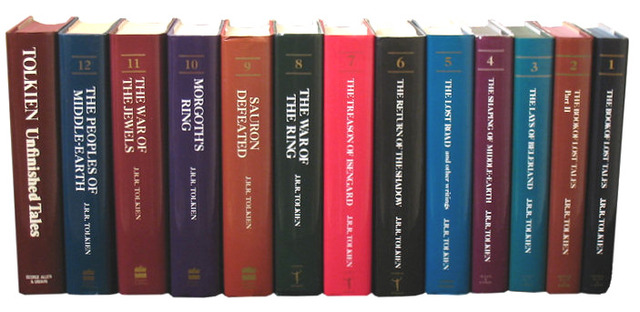 |
?J.R.R. Tolkien’s Middle-Earth has a richer and more detailed written history than many real countries. At the time of his death in ’73, Tolkien had hundreds of pages of hand-written pages detailing his vision for the past, present and future of Middle-Earth. J.R.R.’s son, Christopher, took on the arduous task of turning his father’s notes into something like completed works, even having to decipher half-erased text written over a previous draft. When Tolkien the Elder had gotten things pretty close to completion, the work could be excellent, like the extensive pre-LotR history of Middle-Earth The Silmarillion. But the sketchier his notes were, and the more Christopher needed to do to make them publishable, the less magical these new works were. The real tragedy is that this didn’t stop Tolkien the Younger from publishing 12 volumes of The History of Middle-Earth, among several other Middle-Earth books, to ever diminishing returns. By the end, it seemed like he was using scribbles from his father’s cocktail napkins, just to find something to publish and make a buck off of.
3) The Neverending Story
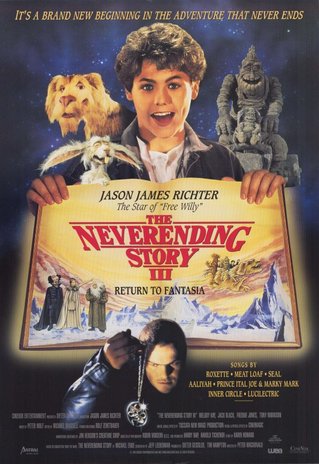 |
?Michael Ende is responsible for one of the best young adult novels ever in The Neverending Story. Fantastica (as it’s called in the book) is a world made up of every human dream, and its inhabitants are only limited by human imagination. The book has a plot so intricate that the 1984 movie only covered the first half of the book (and poorly, at that). During his life, Ende launched several lawsuits to halt productions on the films, which he lost. After Ende’s death in 1995, the adaptations grew more and more ridiculous — including a third movie, a cartoon and a live-action TV series — so much so that the only connection to the source material was the name. The latest is a series of 12 books (only six have been published) so unpopular they haven’t even been translated out of German.
2) Avalon
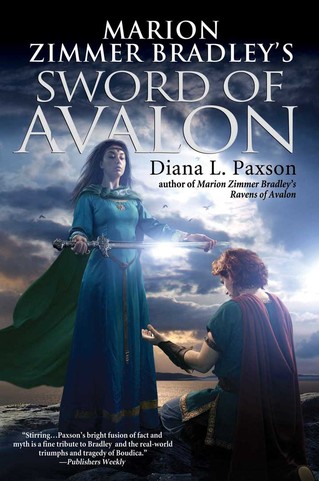 |
?Marion Zimmer Bradley’s The Mists of Avalon is one of the most popular retellings of Arthurian legend. Told from the point of view of the women of Camelot, the book delves deftly into the intricacies of personal relationships, the replacement of pagan religions with Christianity, sexuality and the role of women as a matriarchal society gave way to a patriarchy. Unfortunately, when Bradley became ill and enlisted the aid of Diana L. Paxson to continue the stories. As Bradley’s health declined, so did the quality of the sequels. After her passing in 1999, and Paxson was writing solo, she lost all of the magic from the original series and focused almost entirely on plot advancement at the expense of the characters. Since the later books focus almost entirely on tertiary characters or historical figures unknown to a large majority of readers, fans are left in the dark as to why they should care about them.
1) Dune
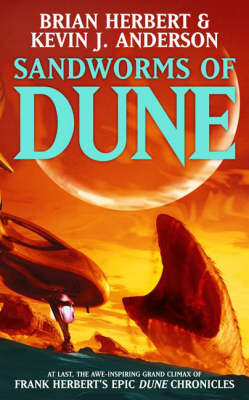 |
?Frank Herbert’s Dune series involves multiple worlds both rich and layered, complex yet balanced. It’s a universe with endless possibilities spanning over millennia, where each world had its delicate ecosystems, religions, rituals, myths, cultures and languages. The original books are so intricate that they include several appendixes. The original six novels are full of opportunities to expand the story and resolve unanswered questions, so continuing the series after Herbert died in 1986 was obvious. Since then, Frank’s son Brian Herbert and Kevin J. Anderson have written a total of 15 Dune-related novels and managed to not add a single word of value to the original series. From trying to interconnect every single character, timelines be damned, to ignoring even the most basic continuity, these novels are an affront to Frank Herbert’s memory and an utter disappointment to his fans.

